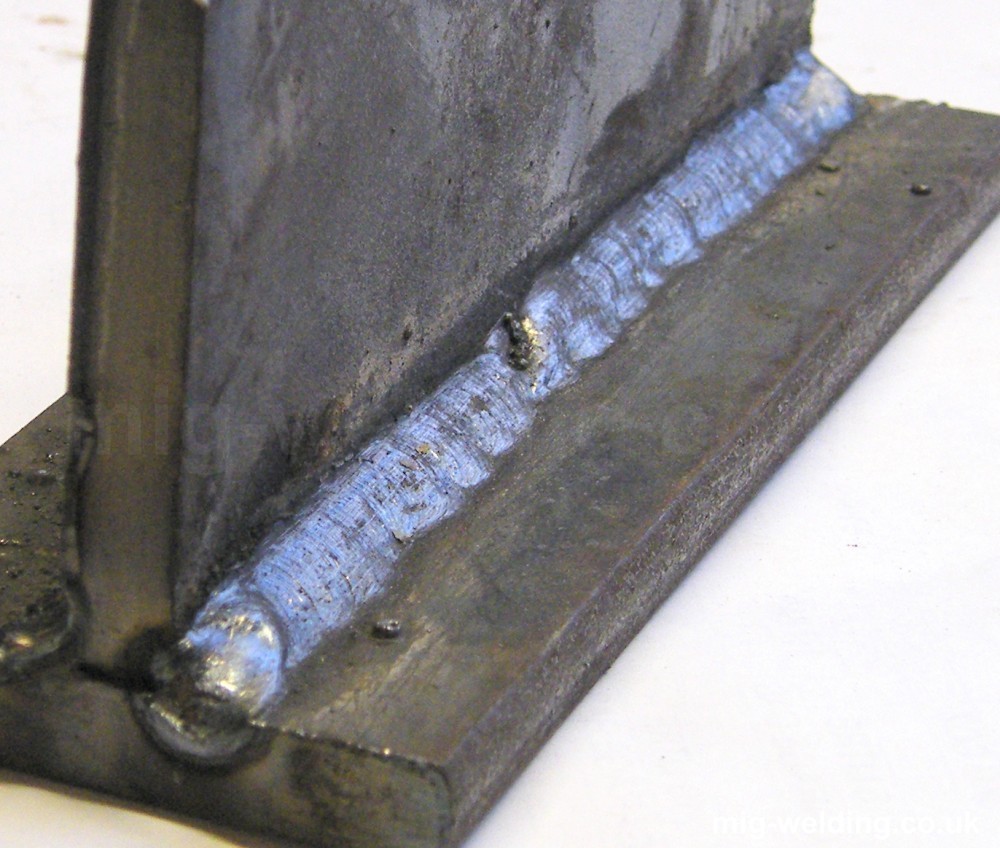Efficient Ways to Prevent Weld Undercut in Your Welding Tasks
Efficient Ways to Prevent Weld Undercut in Your Welding Tasks
Blog Article
Understanding the Art of Welding: Just How to Avoid Undercut Welding Issues for Flawless Construction Outcomes
By comprehending the root creates of undercut welding and carrying out reliable strategies to stop it, welders can elevate their craft to new levels of excellence. In the pursuit of perfect manufacture results, mastering the art of welding to avoid undercut problems is not just an ability but a necessity for those making every effort for perfection in their job.
Comprehending Undercut Welding

To avoid undercut welding, welders ought to guarantee correct welding parameters, such as adjusting the current, voltage, travel rate, and preserving the proper electrode angle. Additionally, using the suitable welding technique for the particular joint arrangement is important. Using weaving movements or backstepping strategies can help make sure correct weld metal deposition and decrease the possibility of undercut formation. Regular assessment of welds throughout and after the welding process is also vital to capture any kind of undercut very early and make essential modifications to stop additional defects. Preventing weld undercut. By understanding the causes of undercut welding and implementing safety nets, welders can accomplish high-grade, structurally sound welds.
Sources Of Undercut in Welding
Comprehending the aspects that add to undercut in welding is crucial for welders to produce premium, structurally audio welds. Damaging occurs when the weld steel does not correctly load the groove created in between the base metal and the previously transferred weld metal. A number of factors can bring about damage in welding. One typical cause is extreme warm input. Welding at heats for extensive durations can result in the base steel melting greater than desired, bring about undercut. Insufficient welding existing or wrong welding rate can also add to undercut. Inadequate current might not offer sufficient warm to melt the base and filler steels effectively, while excessive speed can avoid appropriate fusion, causing undercut. In addition, improper electrode angles or incorrect torch adjustment methods can produce areas of reduced weld metal deposition, advertising undercut. Comprehending these reasons and carrying out appropriate welding methods can help stop undercutting problems, making certain long lasting and strong welds.
Methods to stop Undercutting

To reduce the threat of undercutting in welding, welders can use critical welding strategies intended at improving the quality and navigate to these guys stability of the weld joints. Additionally, utilizing the correct welding strategy for the specific joint configuration, such as weave or stringer beads, can add to lowering undercutting.
Employing back-step welding strategies and managing the weld grain account can likewise aid disperse warm uniformly and minimize the risk of undercut. Normal inspection of the weld joint during and after welding, as well as applying top quality guarantee procedures, can aid in spotting and dealing with damaging problems promptly.
Importance of Correct Welding Parameters
Selecting and keeping ideal welding specifications is vital for attaining effective welds with marginal problems. Welding specifications refer to variables such as voltage, existing, travel rate, electrode angle, and shielding gas flow price that directly influence the welding process. These criteria must be meticulously readjusted based on the kind of product being welded, its thickness, and the welding method used.
Appropriate welding parameters guarantee the right quantity of heat is related to melt the base metals and filler product evenly. If the parameters imp source are set also high, it can lead to extreme warm input, creating spatter, burn-through, or distortion. On the various other hand, if the parameters are as well low, insufficient combination, lack of infiltration, or undercutting might take place.
Quality Control in Welding Procedures

Final Thought
To conclude, understanding the art of welding calls for a detailed understanding of undercut welding, its causes, and methods to avoid it. By making sure proper welding parameters and applying quality control methods, perfect manufacture outcomes can be attained. It is important for welders to continually pursue excellence in their welding operations to prevent undercut problems and create high-quality look at this web-site welds.
Undercut welding, a common issue in welding procedures, occurs when the weld metal does not appropriately fill up the groove and leaves a groove or clinical depression along the bonded joint.To protect against undercut welding, welders ought to ensure appropriate welding specifications, such as adjusting the present, voltage, travel speed, and preserving the correct electrode angle. Poor welding wrong or existing welding rate can likewise contribute to damage.To alleviate the risk of undercutting in welding, welders can use critical welding techniques intended at enhancing the top quality and honesty of the weld joints.In verdict, mastering the art of welding calls for a thorough understanding of undercut welding, its causes, and methods to prevent it.
Report this page